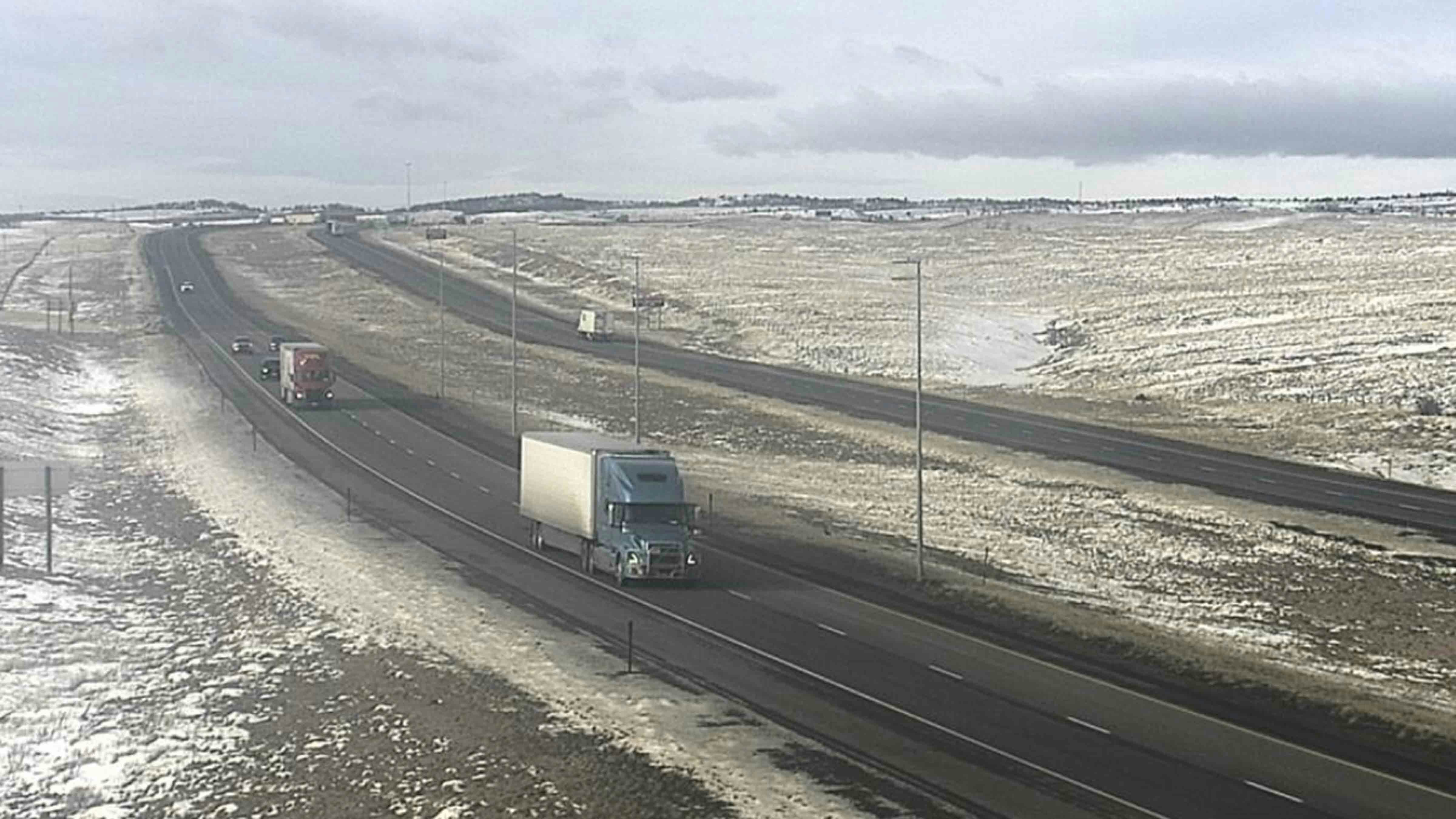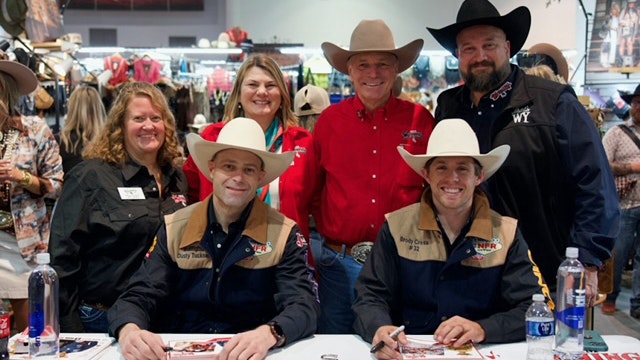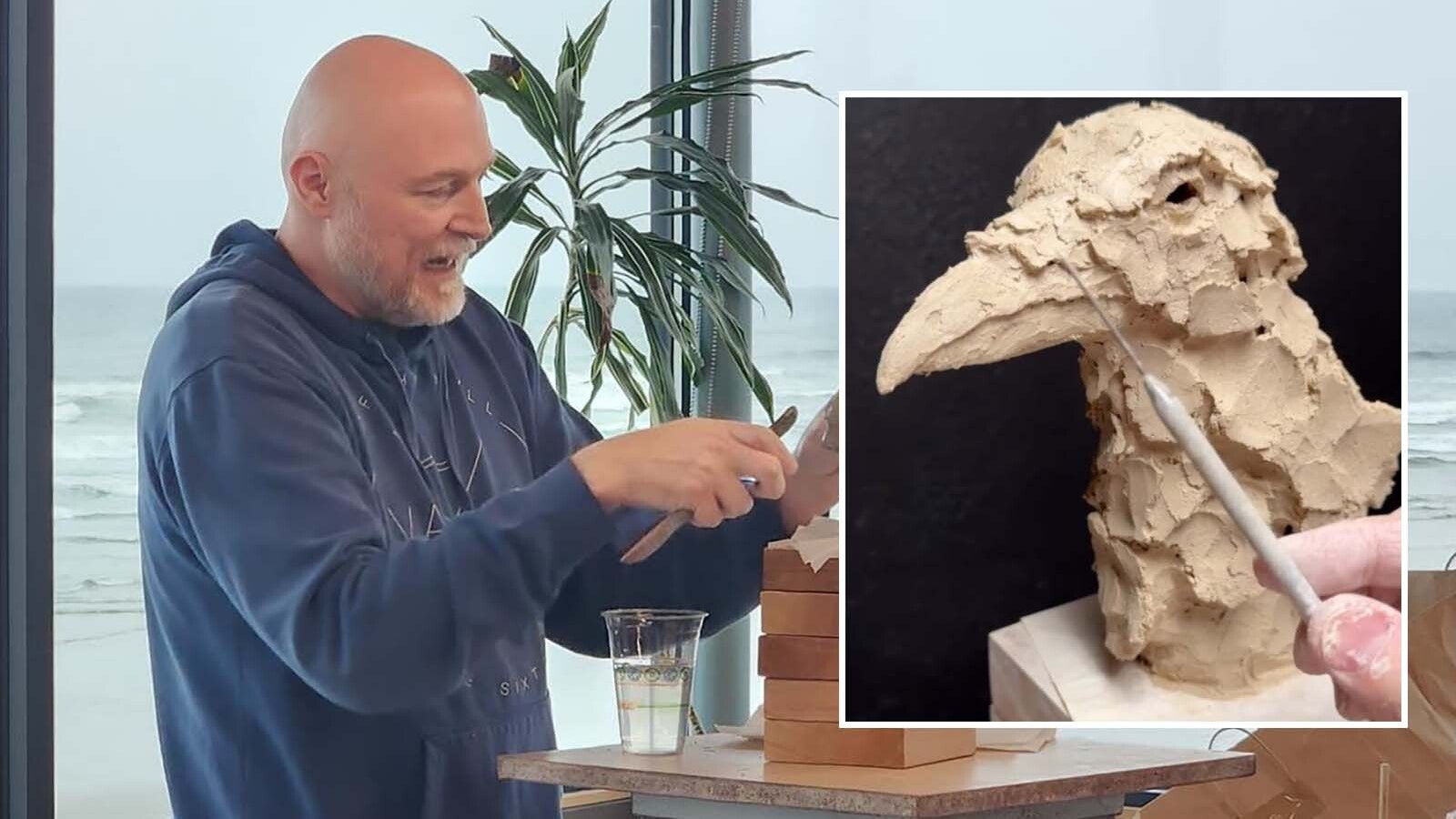A far-off whistle of a steam locomotive can be heard as it approaches the Cinnabar Depot at the North Entrance of Yellowstone National Park.
“It arrives at Cinnabar just about the same time every year,” Shellie Larios said in ‘Yellowstone Ghost Stories.’ “Coal black in color, it stops and lets off a big burst of steam. It does not have an engineer, nor does it carry a conductor.”
Larios said that no passengers would disembark, but the Ghost Train will still stop. As it does, clouds have been known to suddenly cover the moon and the temperature instantly drops. The air becomes filled with the familiar smell of oily, musty burning coal.
Then, as the old engine discharges its final blast of steam into the night, the tired old Ghost Train slowly fades in an ebony-shrouded mist and dissipates into the midnight air.
There is no depot anymore in Cinnabar and the only remnants of the train tracks are scars. The tracks the Ghost Train followed were pulled up years ago.
The town of Cinnabar has also disappeared, a true ghost town than has only left behind indents in the ground and buried trash from the past inhabitants.
No train had pulled up into the Cinnabar Depot for over 120 years, yet Larios said that the locomotive is still spotted once a year, pulling into town.
End Of The Line
The wild community of Cinnabar, population 250, had sprung up nearly overnight in 1883 as a temporary end-of-line station of the first railroad service to Yellowstone National Park. For 20 years, Cinnabar was the primary gateway to the park according to historian Robert V. Goss.
Buckskin Jim Cutler had refused the railroad access through his land and as a result, the railroad spur ended at Cinnabar instead of Gardiner, the desired destination.
Residents of Cinnabar took advantage of this dispute and quickly grew up around the depot to provid basic visitor services.
The 1883 Butte Miner announced that, "The Yellowstone National Park branch of the Northern Pacific railroad is now completed to Cinnabar, 51 miles south of Livingston, and will be open for business on Sept. 1, after which time parties can go directly to the park without staging."
For 20 years, the locomotives chugged into Cinnabar and the townfolk would gather when its distant whistle could be heard, summoned by the familiar sound to the train station and the arriving tourists.
Wild Cinnabar
Cinnabar was the end of the line for the Northern Pacific Railroad. Tourists heading to Yellowstone National Park would then transfer to horse-drawn coaches ran by Hugo Hoppe.
These stage lines could take them into directly to the park, however, there were those who were ready to stretch their legs after the long train ride. These tourists were eager to explore Cinnabar and enterprising businessmen were there to accommodate their every need.
“It was a lively place,” Yellowstone stage driver, Al Wilkins reminisced in 1933. “A man could get anything from a black eye to a horse race.”
By 1885, Joe Keeney operated two or three saloons in Cinnabar and ran a boarding house. Billy Hall and the Hefferlin brothers opened thriving competing stores. Other businesses, including the post office, stood proud along the dusty road that led through Cinnabar.
“These were wild and wooly days, with little law and less order,” Wilkins said.
He said that horse racing was the common Sunday amusement and sometimes the races resulted in a “drunk” being killed.
“No one thought much about it,” Wilkins said. “When an accident happened, the body was burled and the program went on.”
A man could get quick action on his money in Cinnabar, whether in a stud poker game, a foot race or a horse race. The sky was the limit.
Bored President’s Men
However, not everyone found Cinnabar to be exciting. For sixteen days, Cinnabar became known as the “Western White House” when President Theodore Roosevelt. Arrived. He was there at the Yellowstone National Park to dedicate the grand arch at the park’s north entrance in April, 1903.
The accommodations had not been completed at Gardiner as planned so Roosevelt and his party set up camp at Cinnabar instead until their departure on April 24.
“Cinnabar, near the entrance to the Yellowstone National Park, the present seat of the executive offices of the nation, isn't an attractive place,” the 1903 The Butte Daily Post said. “It has no public parks, no theaters, no extensive society, no charming homes, no palatial hotel.”
What Cinnabar did have in 1903 was a depot, a few homes, a store, a livery stable, two saloons and a bunch of exceedingly bored gentlemen from Washington.
“The president's special train stands on a siding near the depot, and in it the aforesaid bunch lives and eats and drinks and smokes and wonders what on earth to do,” the Post said.
The men, waiting for the president as he toured Yellowstone, sat around all day and deplored in ‘fervid language’ the fate which kept them tied up at a place like Cinnabar. They were not interested in the bare hills or the river nearby.
“They look down on the river towards Horr and the Devil's Slide meets their eyes—but the devil refuses to slide for their edification,” the Post said. “Now and again some miners come over from Horr and whoop things up a little at one of the two saloons, but they refuse to go to the length of fighting or doing anything actually exciting.”
The press were just as bored as the president’s entourage. Larios said that an official of the Associated Press voiced his complaints quite loudly.
“Well, this blooming town will be wiped off the map when we leave,” he said.
He was right for, nine days after the president boarded his official train and left Cinnabar, the town was abandoned.
Instant Ghost Town
In 1902, the land dispute with Buckskin Jim Cutler had been finally settled after two decades. This meant that the rail line could be continued on to Gardiner as originally planned.
“This move rang the death knell of the town of Cinnabar, and the small community quickly faded away after that time and the once bustling town turned into a ghost town,” Goss said.
Cinnabar was removed as a station stop on May 3, 1903, and the post office was closed shortly after on June 15.
The railroad attempted to change the name of Gardiner to Cinnabar in order to maintain the existing 20-year legacy of that station name. However, the proud residents of Gardiner soundly defeated the name change and Cinnabar’s legacy promptly crumbled.
Many of the Cinnabar buildings were moved into Gardiner, while others were transported to Horr. The rail depot was loaded onto a flatcar and hauled into Gardiner where it was used as the freight depot.
“The only remaining evidence of the site today are some depressions in the ground, a few foundation stones, and broken pieces of glass and ceramics scattered over the flats,” Goss said.
According to Larios, there is one lasting reminder of Cinnabar. The Ghost Train that whistles as it approaches the long-gone depot over tracks that no longer exist.
Jackie Dorothy can be reached at jackie@cowboystatedaily.com.












